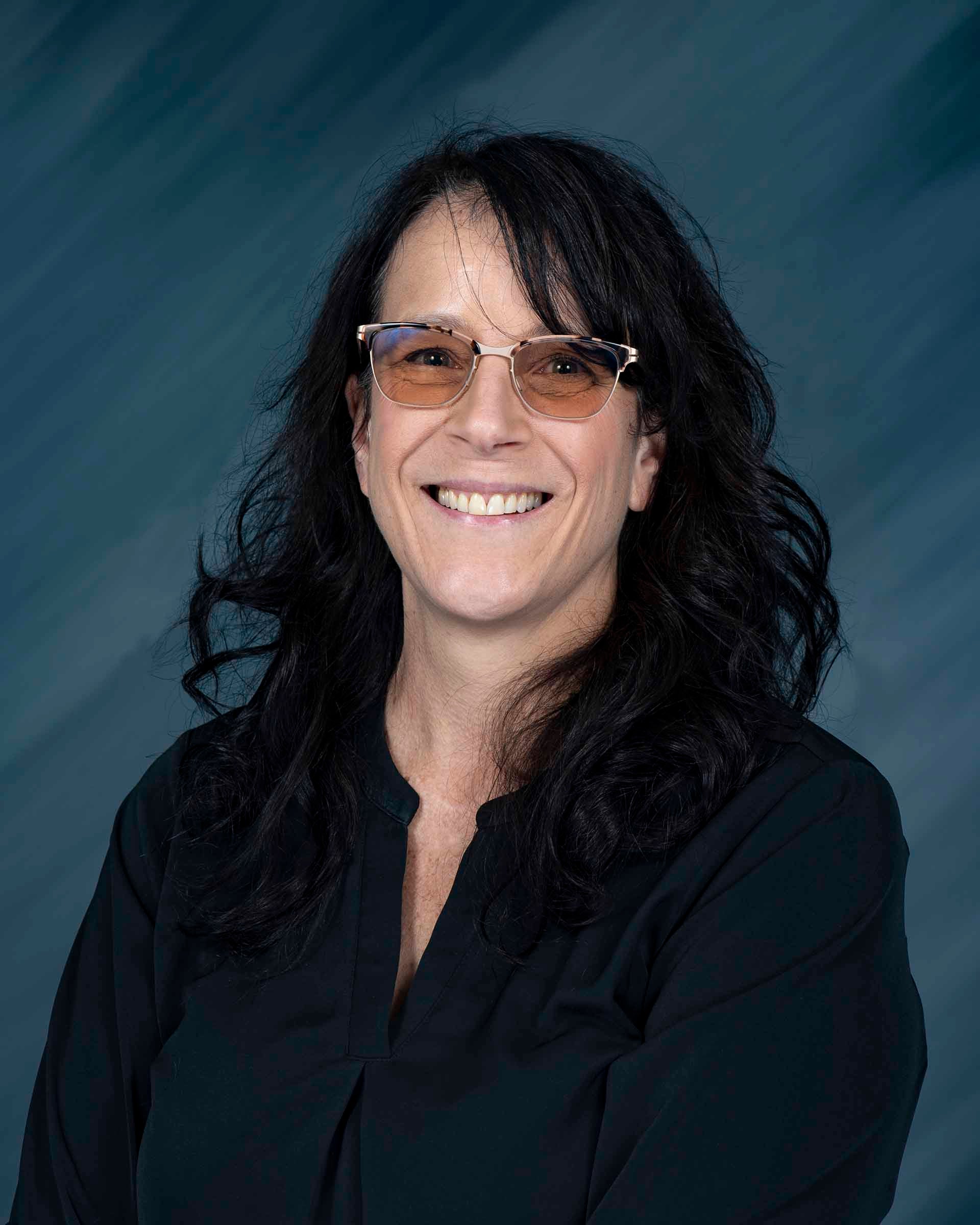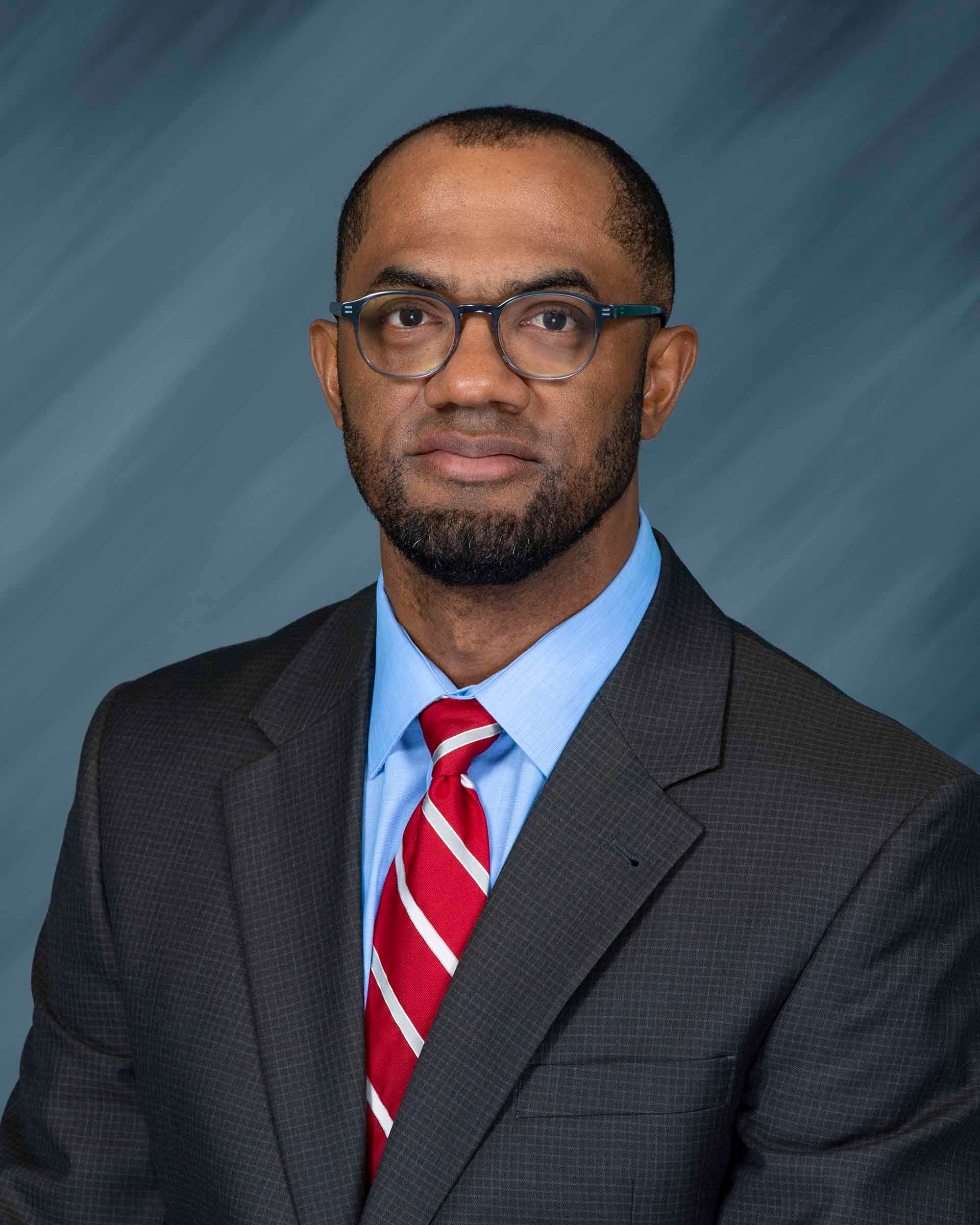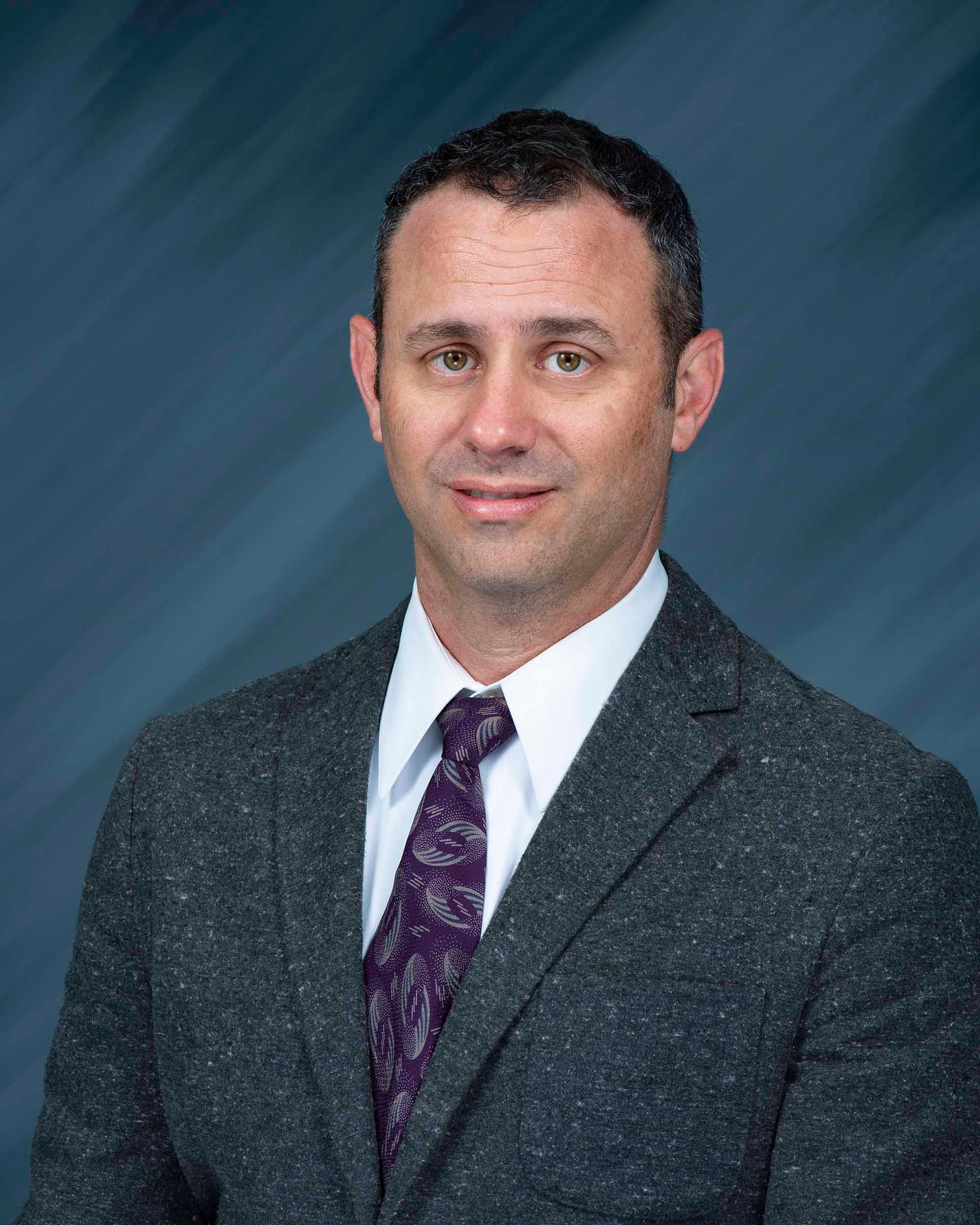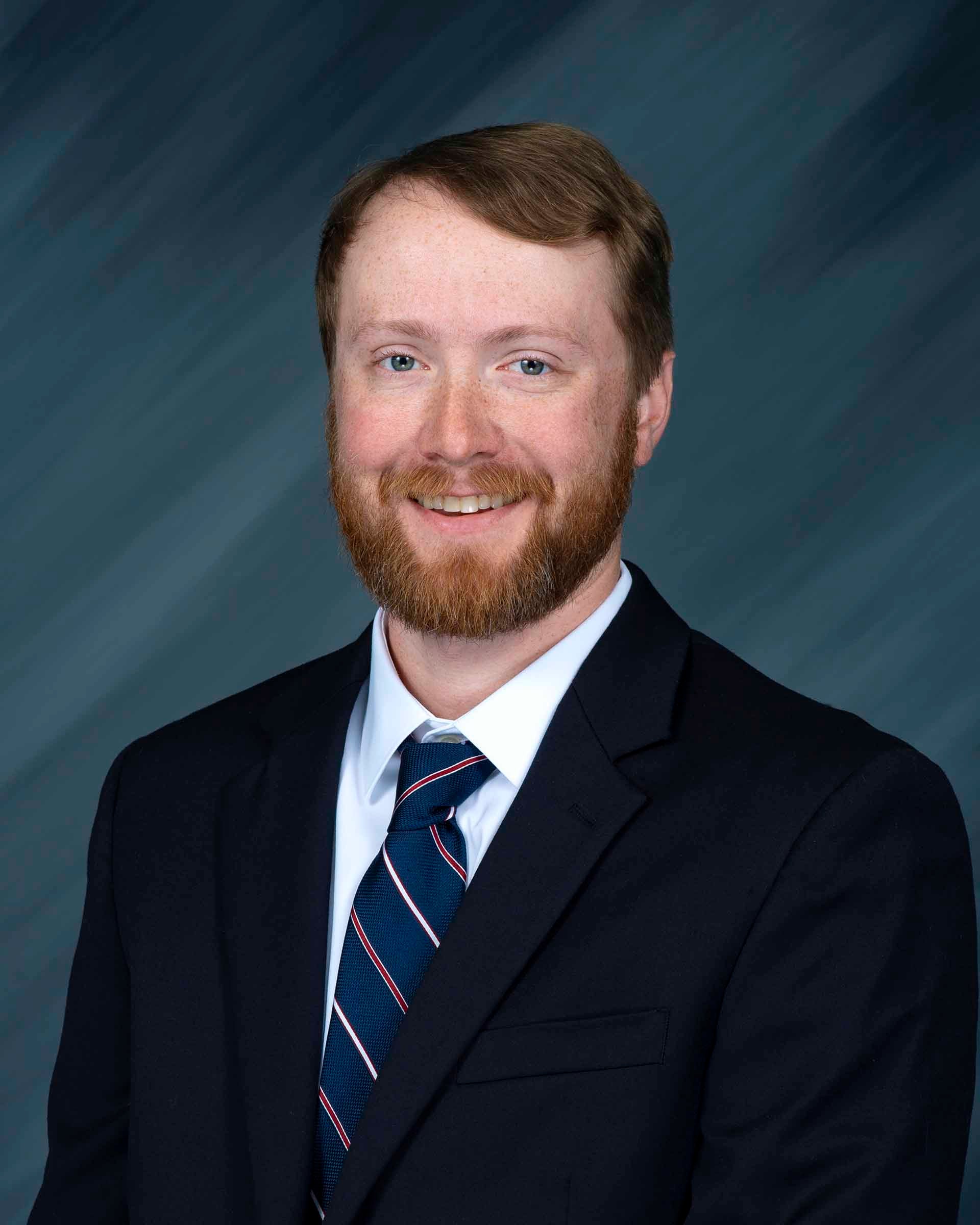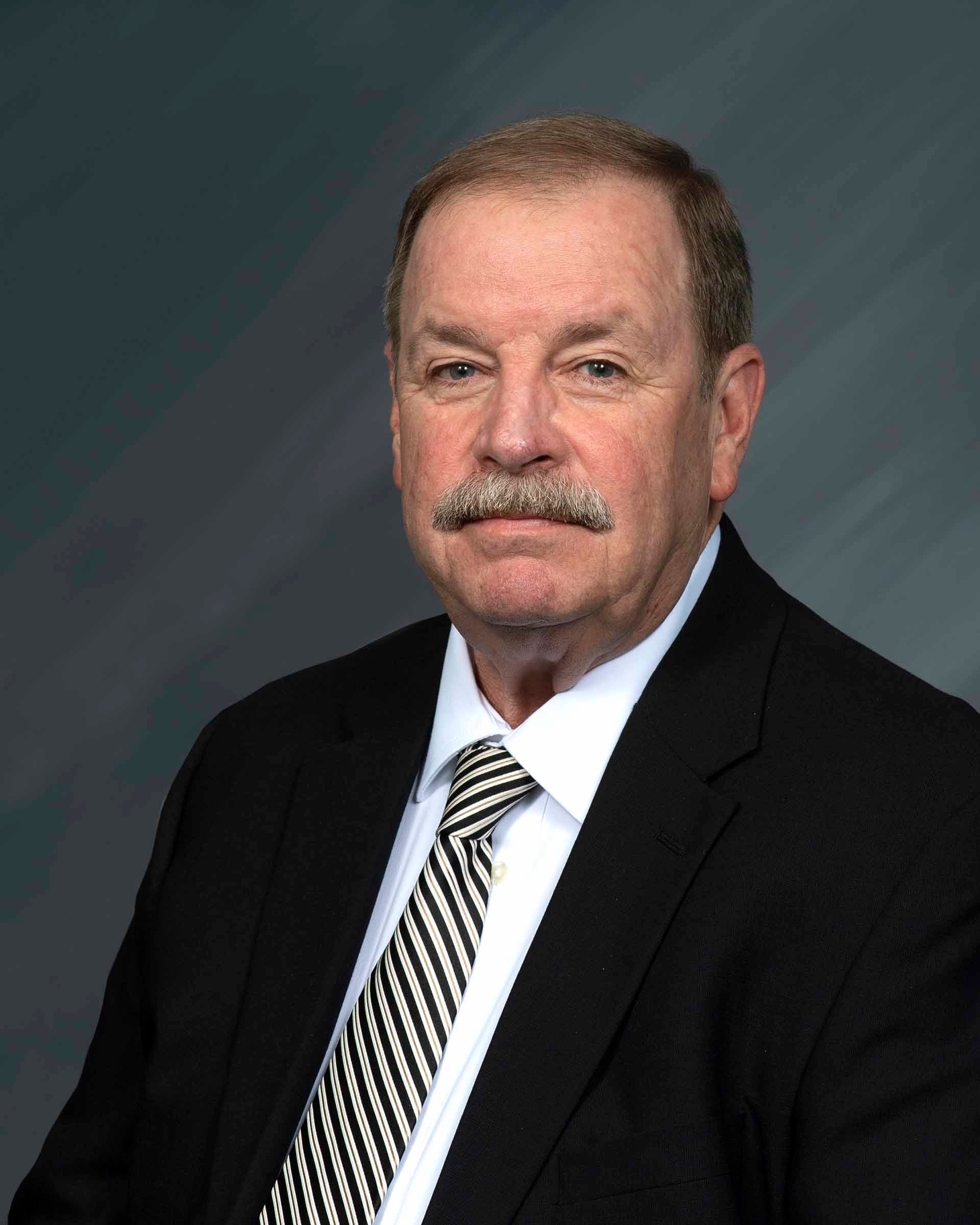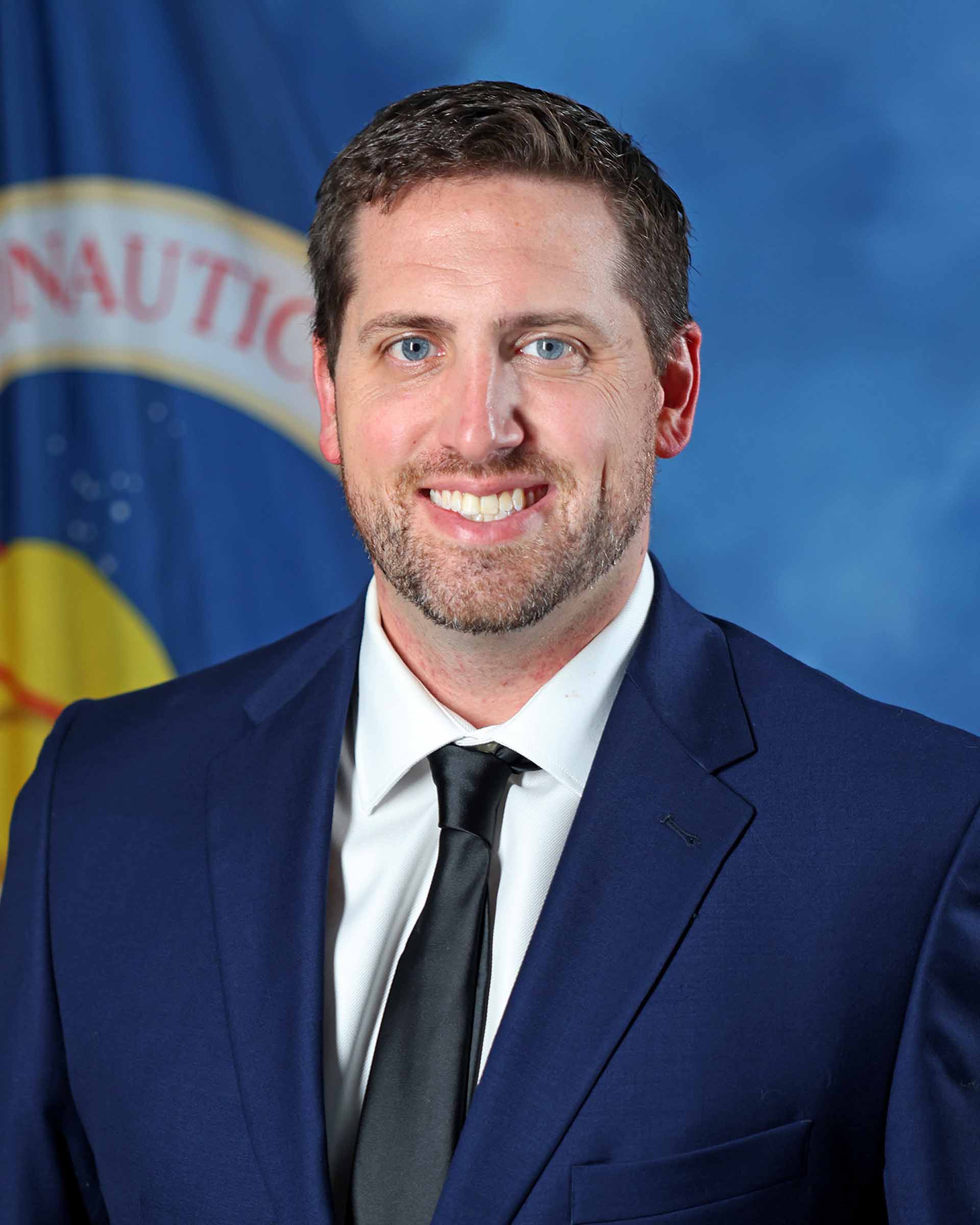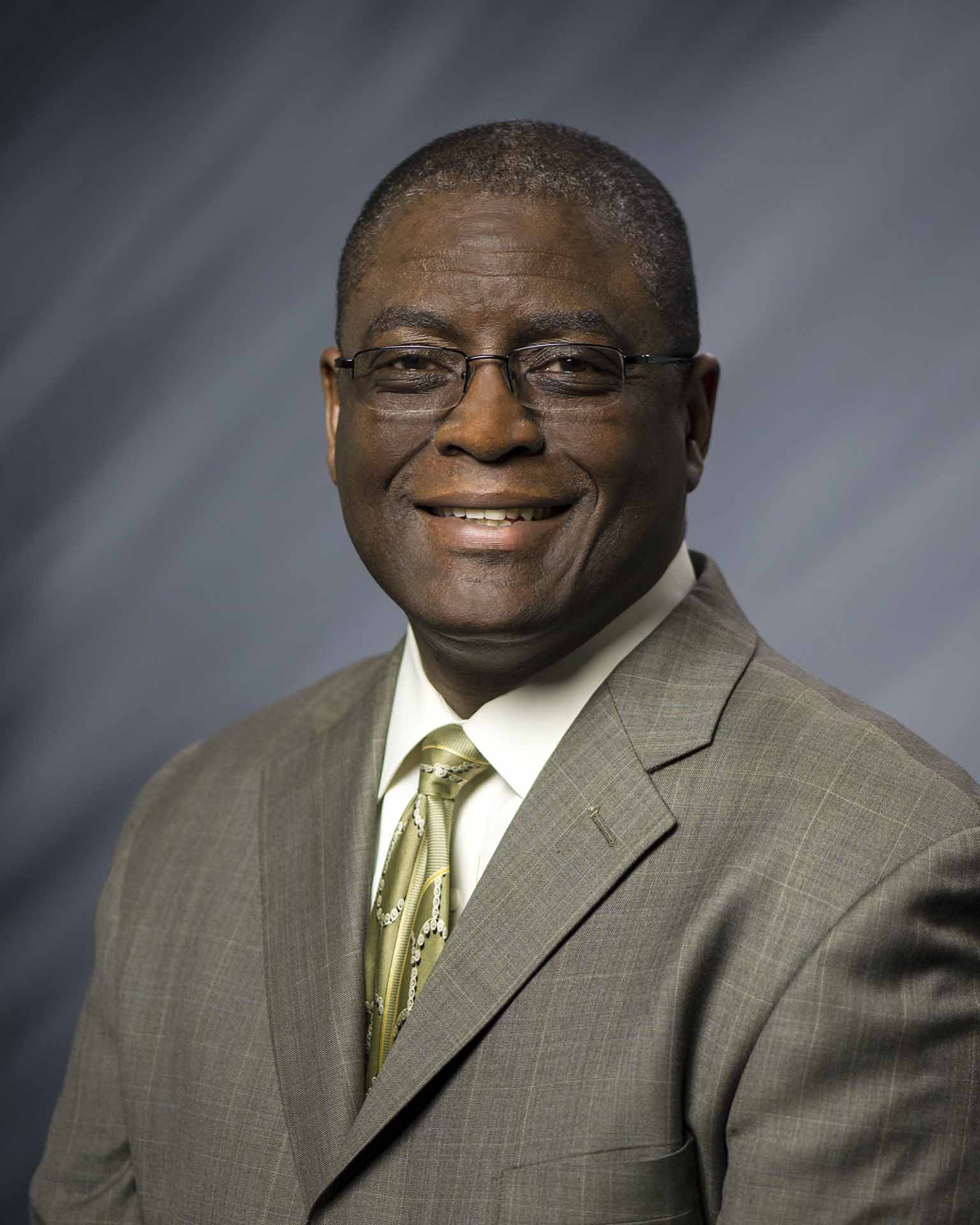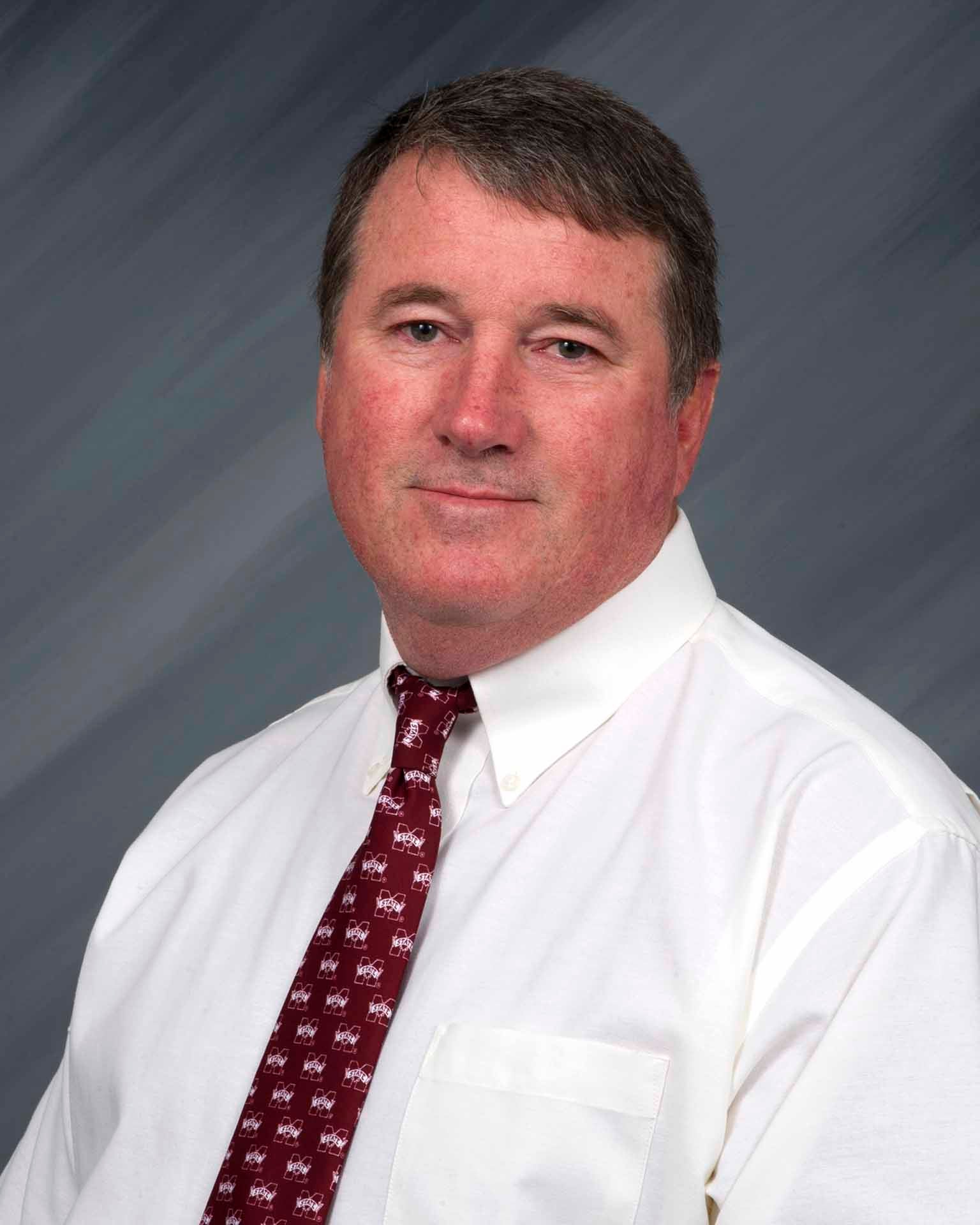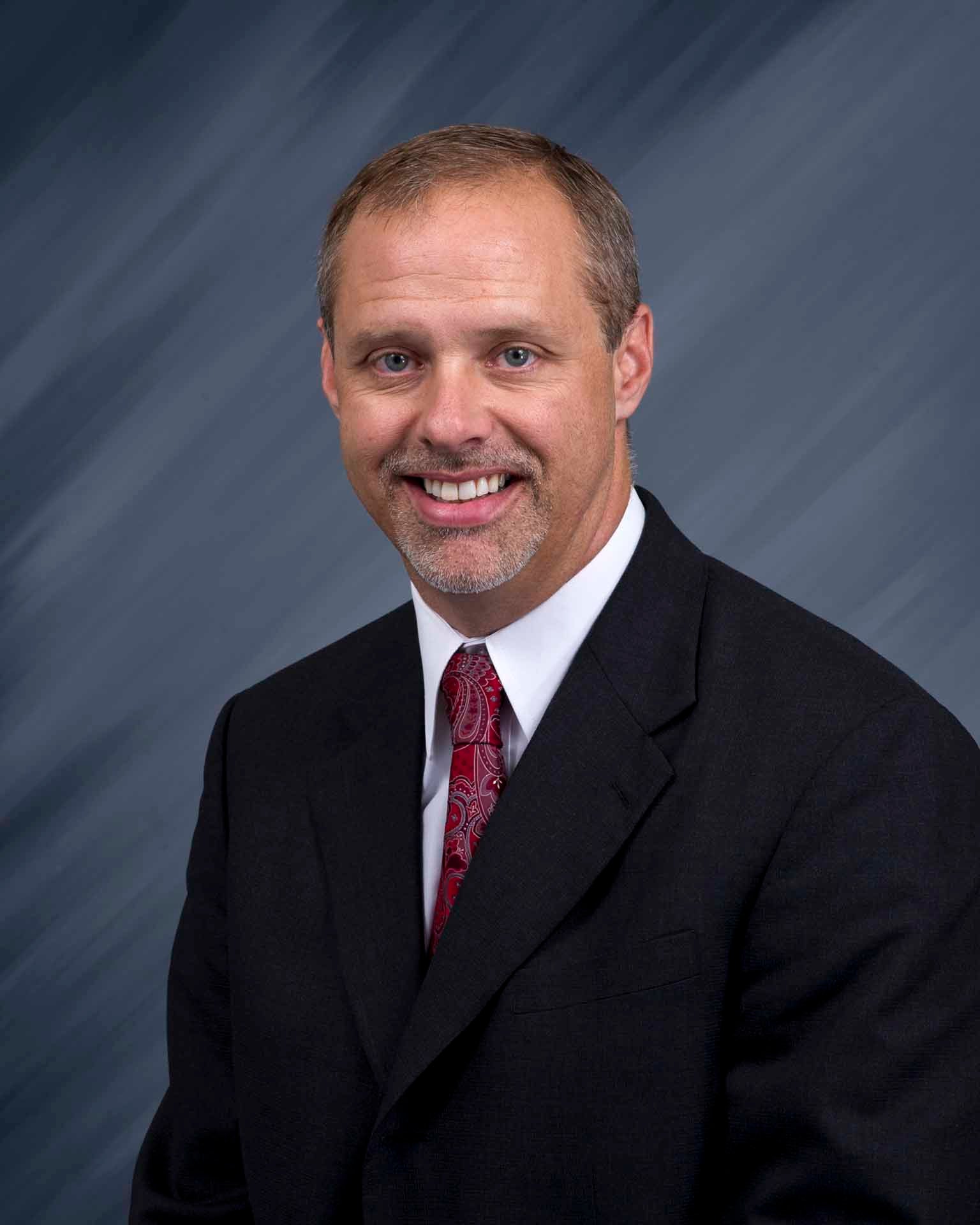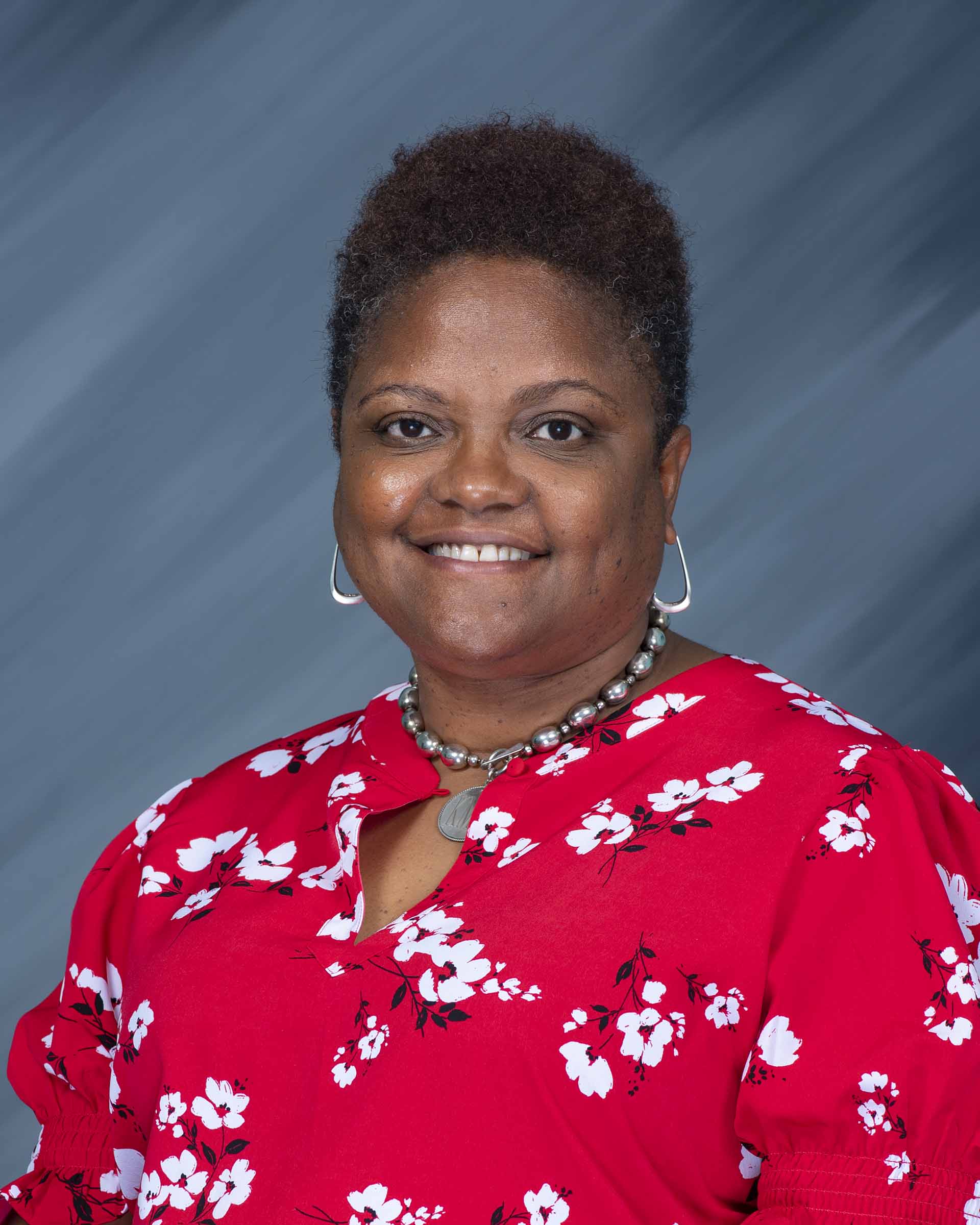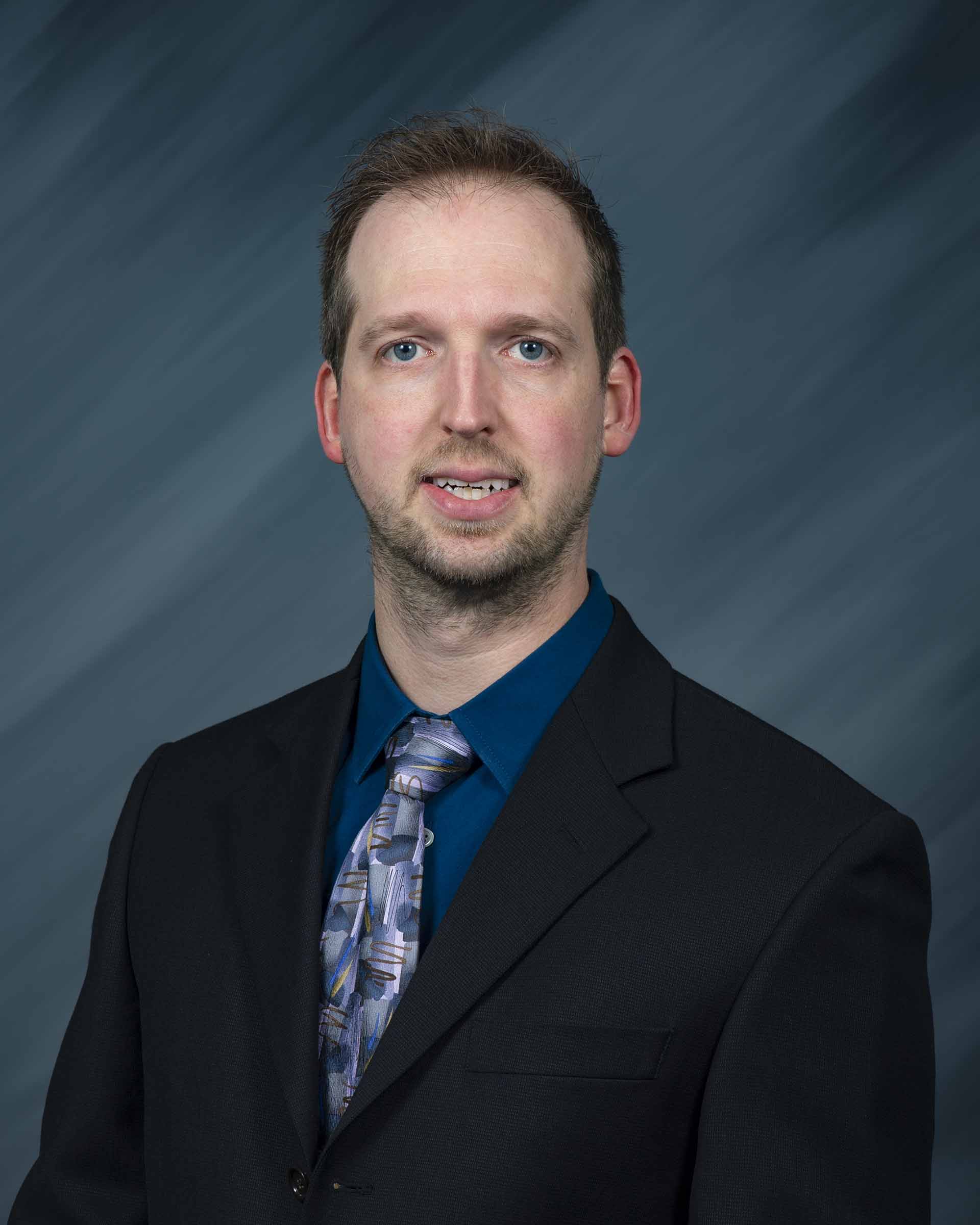Stennis Space Center Employees Receive 2023 NASA Honor Awards
Published 10:37 am Thursday, April 27, 2023
by NASA/Stennis
NASA Stennis Space Center Director Rick Gilbrech and NASA Deputy Associate Administrator for Business Operations Casey Swails presented NASA Honor Awards to Stennis employees during an onsite ceremony on April 26.
Four NASA Stennis employees received NASA’s Exceptional Service Medal. The medal is awarded to government employees for sustained performance that embodies multiple contributions to NASA projects, programs, or initiatives.
Jeffery Henderson of Pass Christian, Mississippi, received the NASA Exceptional Service Medal for his high-level contributions and dedication to the goals of the agency. As test stand director of what is now known as the Fred Haise Test Stand, Henderson led the effort to prepare the stand to conduct testing in support of NASA’s Space Launch System program. He helped guide various work activities and resolve technical issues prior to the first successful RS-25 engine test in 2015. Since then, the test stand team has been successful in achieving numerous project milestones. Henderson’s in-depth knowledge of propulsion testing makes him one of the most valued members of NASA Stennis.
Jeffrey Lott of Necaise Crossing, Mississippi, received the NASA Exceptional Service Medal for more than 20 years of agency service. Following career accomplishments such as completing activation of the E-1 Test Stand and serving as test director, Lott was named to his current role in 2012. As chief of the NASA Stennis Mechanical Operations Branch, Lott uses his technical expertise and also plays a hands-on role in employee development. His team proved invaluable to preparations for the Green Run test series of Space Launch System core stage in 2021. Lott’s leadership helps NASA Stennis succeed by promoting both agency and commercial efforts.
Dr. Kamili Shaw of New Orleans received the NASA Exceptional Service Medal for her sustained performance that is marked by a consistent commitment to identifying areas for improvement and successfully implementing changes for the benefit of the agency. Among her career accomplishments, Shaw developed a Safety and Mission Assurance data mining tool that provides helpful insight into identifying early warning signs of potential accidents. The agencywide usage of the Crystal Ball tool gives employees the ability to take a more risk-based approach to safety and quality. Shaw exemplifies the spirit and goals of NASA’s Exceptional Service Award through her leadership style, accomplishments, and innovation.
Michael Smiles of Gulfport, Mississippi, received the NASA Exceptional Service Medal for continued outstanding service as chief engineer of the NASA Engineering and Safety Center (NESC). Smiles provides consistent and accurate evaluations of high-risk technical issues and ensures the success of critical NASA programs and projects. His work has resulted in value to the agency in the form of improved operations and reduced program risk. Smiles’ work directly benefited the NASA’s commercial crew and Artemis programs as he led multiple complex technical assessments for the efforts. Smiles is the focal point for NESC activity at NASA Stennis, where he has developed and managed the program for several years.
Two NASA Stennis employees received NASA’s Exceptional Achievement Medal. The medal is awarded to government employees for a significant specific achievement or substantial improvement in operations, efficiency, service, financial savings, science or technology that contributes to the mission of NASA.
Freddie Douglas of Slidell, Louisiana, received the NASA Exceptional Achievement Medal for his efforts in leading the transition of a Future State Initiative (FSI) project from a special study to ongoing organizational goals with measurable objectives. Throughout his 39-year NASA career, Douglas has served in several technical and leadership roles to advance the agency’s goals. As deputy director of the Engineering and Test Directorate, he formed a team to target innovative ways to efficiently conduct the NASA Stennis mission. His experience leading change has been critical in applying strategic principles to help define the future of propulsion testing at NASA Stennis. This FSI effort has resulted in long-term facility investments and budget planning.
Teenia Perry of Carriere, Mississippi, received the NASA Exceptional Achievement Medal after managing approximately $35 million worth of repair projects following two hurricanes that affected NASA Stennis. By partnering with the U.S. Army Corp of Engineers, Perry took an innovative approach to procuring services needed, which greatly lessened the burden on the NASA civil servant workforce and ensured the timely completion of repairs. Her work proved especially crucial considering Green Run testing for NASA’s Space Launch System program was underway at the time. Perry’s management of the repair work helped ensure critical operations continued for NASA Stennis and tenants of the federal city.
Three NASA Stennis employees received NASA’s Early Career Achievement Medal. The medal is awarded to government employees for unusual and significant performance during the first 10 years of an individual’s career in support of the agency.
Brian Everett of New Orleans received the NASA Early Career Achievement Medal for significant contributions as a software quality assurance engineer in the NASA Safety and Mission Assurance Directorate. Everett became a NASA employee in March 2020 and soon began remote work off site due to the COVID-19 pandemic. Undeterred, he quickly learned about software development and assurance at NASA Stennis. Everett served the following year as the software assurance subject matter expert while his colleague participated in a year-long detail. Additionally, he played an integral role in preparing NASA Stennis for certification of the NASA Platform for Autonomous Systems software.
Peyton Pinson of Carriere, Mississippi, received the NASA Early Career Achievement Medal for critical support to NASA and commercial test projects as an engineer in the Mechanical Operations Branch. Pinson has become an integral part of the E Test Complex, taking primary responsibility for operations and maintenance of the ultra-high pressure nitrogen generation system. The system proved vital for planned testing activities while being essential for Green Run testing of the Space Launch System core stage that helped launch Artemis I. In addition to being test conductor at the E Test Complex, Pinson recently completed a detail assignment as a propulsion analyst, where he contributed to operational strategies in support of ongoing and proposed projects.
Kevin Stiede of Slidell, Louisiana, received the NASA Early Career Achievement Medal for work that includes supervising several critical projects from the Facility Services Branch of the Center Operations Directorate. Stiede has managed over $2 million worth of maintenance activities. The projects have helped eliminate time-based maintenance tasks and resulted in a significant return on investment, including cost avoidance of approximately $500,000. The long-term savings is projected to exceed the initial cost within a few years. He also successfully managed rehabilitation to the natural gas system at NASA Stennis. Stiede currently manages a contract designed to make significant improvements in energy consumption throughout several facilities at NASA Stennis.
Two NASA Stennis employees received NASA’s Silver Achievement Medal. The medal is awarded to government and non-government individuals or teams by NASA center directors for a stellar achievement that supports one or more of NASA’s core values.
Christoffer Barnett-Woods of Diamondhead, Mississippi, received the NASA Silver Achievement Medal for achievements key to the successful testing model of multiple commercial projects at the E-1 Test Complex. As electrical lead and instrumentation engineer, Barnett-Woods has supported planning and implementation of more than 150 tests at E-1. Additionally, he has helped modernize the test complex by upgrading the data acquisition system, which is vital to the success of hot fire tests. Barnett-Woods has navigated all testing needs to ensure the success of multiple commercial test projects. Throughout his work, Barnett-Woods demonstrates NASA’s core values of safety, integrity, teamwork, excellence, and inclusion.
Robbie Randall of Kiln, Mississippi, received the NASA Silver Achievement Medal for effectively performing critical test project roles simultaneously. Through his work, Randall has demonstrated an ability to complete complex activities at a high level. He successfully supported Space Launch System core stage testing for the Artemis I mission as one of four individuals to handle the hydrogen burn-off igniters. In this role, Randall proved instrumental with developing processes to store, transport, handle, and install the igniters. This paved the way for Randall being assigned as mechanical operations lead engineer for multiple commercial test projects. Additionally, he has supervised facility modifications during increased commercial testing at the E Test Complex. Randall’s contributions reflect the NASA core values of safety, integrity, teamwork, excellence, and inclusion.
The Core Stage Liquid Hydrogen Flow Test and Bleed Development Test Team received the NASA Silver Group Achievement Award for its work in progressing from design to testing in four months and in securing necessary information to maintain the scheduled path forward to support the launch of Artemis I. The team designed, fabricated, installed, activated, and tested the Artemis I core stage simulated liquid hydrogen system hardware to address pre-pressurization challenges during Green Run testing of the Space Launch system core stage for Artemis I at NASA Stennis in March 2021. Twenty-three test cases were examined after successfully completing 29 flow tests to provide needed data. The group included personnel from NASA, Boeing, and Syncom Space Services.
The Future State Initiative Team received the NASA Silver Group Achievement Award for its work in helping NASA Stennis adapt its approach for supporting and conducting its propulsion testing mission. The team performed a four-phase approach over 10 months that identified cultural, technical, and business process adjustments necessary for the NASA Stennis test complex to ensure long-term viability. All resulting recommendations and policy adjustments are intended to enable the center to continue providing value to a range of aerospace community, stakeholders, and potential partners.
For information about Stennis Space Center, visit:


